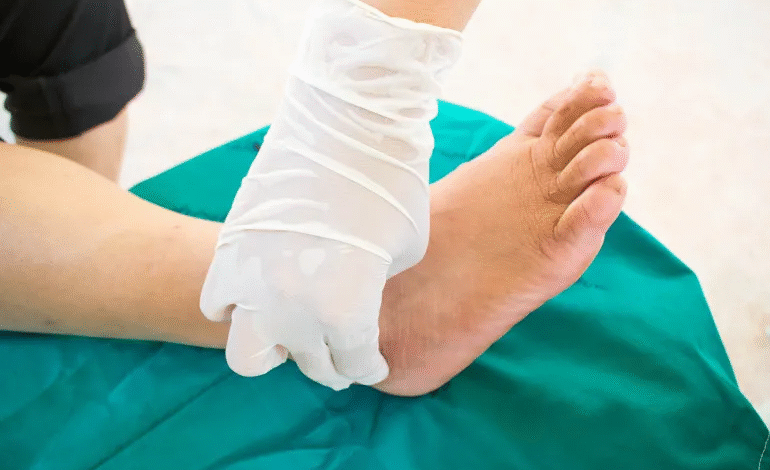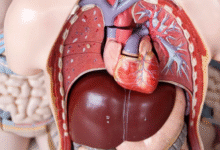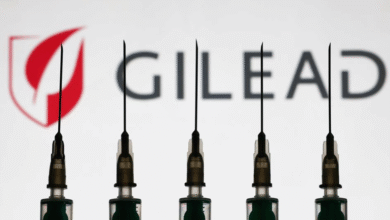Chinese Study Explores Smart Wound Dressings for Diabetic Ulcers

A new Chinese study has examined recent advances in wound care, focusing specifically on environment-responsive dressings designed for diabetic wounds.
Diabetic wounds—particularly diabetic foot ulcers—are among the most common complications of diabetes. These ulcers, which are open sores typically appearing on the bottom of the foot, affect approximately 15% of diabetic patients. According to the American Podiatric Medical Association, around 6% of those with diabetic foot ulcers are hospitalized due to infection or other complications, and 14–24% of patients with such ulcers ultimately require amputation.
The study was conducted by researchers from the People’s Hospital at Hangzhou Medical College, the Zhejiang Provincial Key Laboratory of Biochemical Sensing Materials, and the College of Biotechnology and Bioengineering at Zhejiang University of Technology. It was published in the Journal of Engineering on May 13 and reported by the science news platform EurekAlert.
Researchers revealed that over the past 30 years, more than 3,000 patents and 300 scientific papers have been published on bioactive dressings for diabetic wounds. These dressings are designed to interact with and modulate the unique microenvironment of diabetic wounds. A new treatment model known as “microenvironment-responsive and on-demand regulation” has emerged, aiming to deliver precise, dynamic wound care.
How Do Diabetic Wounds Heal?
Wound healing in diabetic patients is significantly more complex than in healthy individuals, involving multiple impaired phases:
- Hemostasis (Bleeding Control): Blood vessels constrict and platelets form clots. In diabetics, platelet dysfunction and abnormal fibrin network formation hinder clot stability.
- Inflammatory Phase: Immune cells flood the wound. This phase is prolonged in diabetics due to weakened immune cell function, imbalance in inflammatory mediators, and oxidative stress from excessive reactive oxygen species (ROS).
- Proliferation Phase: New blood vessels form and tissue regenerates. Diabetics experience impaired function in key cells such as keratinocytes and fibroblasts, exacerbated by oxygen deficiency.
- Remodeling Phase: Fibroblasts produce collagen (initially type III, then type I) to strengthen the tissue. However, in diabetics, collagen deposition is often disorganized and weak, increasing the risk of wound recurrence.
The Role of the Wound Microenvironment
The diabetic wound microenvironment is characterized by elevated glucose levels, which accelerate the accumulation of advanced glycation end-products (AGEs). These compounds extend inflammation and impair the migration and proliferation of healing cells. AGEs—formed when proteins or fats bind to sugars—are common in diabetic blood vessels and contribute to complications such as atherosclerosis. Their accumulation, along with high ROS levels, severely disrupts the natural wound healing process.
Smart Bioactive Dressings: A New Frontier
To address these challenges, researchers developed bioactive wound dressings that respond to the wound microenvironment and adjust their function accordingly. These smart dressings are categorized into two main regulatory strategies:
Passive Regulation:
- Glucose-sensitive response
- pH-sensitive drug release
- Antioxidant, anti-inflammatory, and antibacterial properties
- Targeting of AGEs
- Temperature and humidity-responsive materials
Active On-Demand Regulation:
- Ultrasound-sensitive: Triggered drug release via ultrasonic waves
- Magnetic-sensitive: Controlled therapy using magnetic fields
- Light-sensitive: Photothermal and photo-responsive mechanisms for drug delivery
Clinical Challenges and Future Directions
Despite their promise, bioactive smart dressings still face clinical hurdles. Safety and biocompatibility of innovative materials must be rigorously tested. Regulatory approval pathways—especially from agencies like the U.S. Food and Drug Administration (FDA)—vary depending on the dressing’s properties.
Future research, the authors suggest, should prioritize:
- Developing intelligent response mechanisms
- Building advanced delivery systems
- Enhancing mechanical properties
- Integrating sensors
- Designing multifunctional dressings
These efforts aim to optimize the therapeutic potential of smart dressings in diabetic wound care and reduce the burden of complications among diabetic patients.








